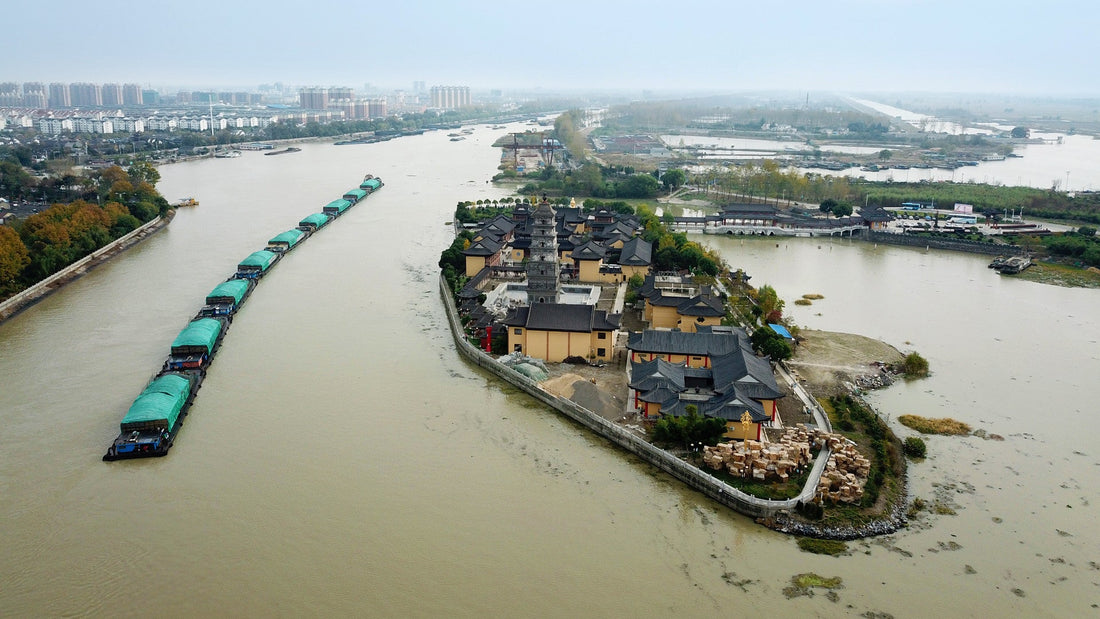
The Grand Canal of China: History and Present of the Beijing-Hangzhou Grand Canal
The Beijing-Hangzhou Grand Canal, a UNESCO World Heritage Site, stands as a testament to China's ancient engineering prowess and cultural heritage. Stretching over 1,700 kilometers, this artificial waterway connects Beijing in the north to Hangzhou in the south, traversing six provinces and linking five major river systems.
Constructed in sections over a period spanning from the 5th century BC to the 7th century AD, the Grand Canal served as a vital artery for imperial China. It facilitated the transportation of grain, salt, and other commodities, while also enabling cultural exchange between northern and southern China. The canal's strategic importance made it a key factor in maintaining political unity and economic stability throughout Chinese history.
During the Sui Dynasty (581-618 AD), Emperor Yangdi undertook a massive expansion project, connecting existing waterways and creating a unified transportation network. This monumental effort required the labor of millions of workers and resulted in a sophisticated system of locks, dams, and canals that showcased ancient Chinese hydraulic engineering.
In modern times, the Grand Canal continues to play a significant role, albeit in different ways. While its commercial importance has diminished with the advent of modern transportation, sections of the canal remain navigable and are used for local transport and irrigation. The Chinese government has implemented conservation efforts to protect this cultural treasure, recognizing its historical value and potential for tourism.
Today, the Grand Canal serves as a living museum of Chinese history and culture. Cities along its route, such as Yangzhou, Suzhou, and Hangzhou, have preserved ancient wharves, granaries, and temples that offer glimpses into China's past. The canal has also inspired numerous works of art, literature, and poetry throughout the centuries, cementing its place in Chinese cultural identity.
As China continues to modernize, the Grand Canal stands as a reminder of the nation's rich history and enduring spirit. It represents not only a remarkable feat of ancient engineering but also a symbol of cultural continuity and national unity that continues to shape China's present and future.
No comments








0 comments